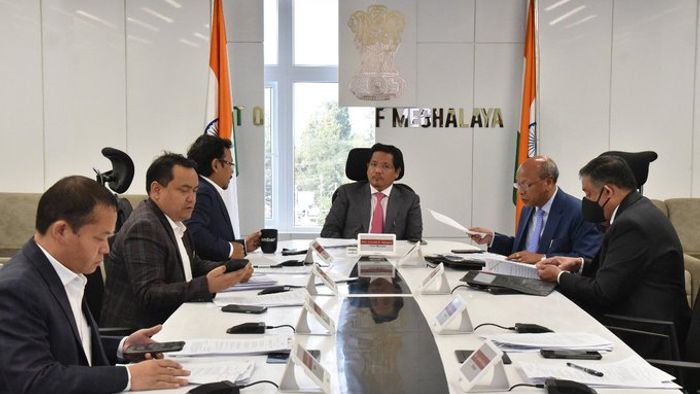Meghalaya Cabinet approves amendment to Meghalaya Lokayukta Act
Meghalaya Cabinet approves amendment to Meghalaya Lokayukta Act

- Mar 06, 2021,
- Updated Mar 06, 2021, 1:34 PM IST
SHILLONG: The Meghalaya Cabinet yesterday approved a proposed amendment to the Meghalaya Lokayukta Act, 2014, giving the government the option of forming a single-member or multi-member Lokayukta.
“ Cabinet approved the amendment to the Meghalaya Lokayukta Act 2014 through the Meghalaya Lokayukta (Amendment) Bill 2021 to confer discretion on the Govt to constitute either a single/multi member Lokayukta,”chief minister Conrad K Sangma wrote on Twitter.
Speaking to the media, Law Minister James Sangma said that the decision was made based on the number of cases and the financial consequences of maintaining a multi-member Lokayukta.
The proposal to amend the Meghalaya Sales of Petroleum and Petroleum Products Act, as well as the Motor Spirit Taxation Act, was also approved by the state Cabinet.
An additional cess of 10 paise per litre of petrol and diesel sold within the state has been decided, said Sangma.
Under the provisions of section 3 A of the Meghalaya Sales of Petroleum and Petroleum Products, including the Motor Spirit Taxation Act, a selling surcharge of 2% is currently imposed on the tax payable on the sale of petrol and diesel.
The Meghalaya Electric Vehicle Policy, which was notified on February 5, will come into force from April 1, informed the Law Minister.
ALSO READ: Uttar Pradesh man, unhappy with daughter’s ‘relationship status’, beheads her
"To raise revenue to the State for funding the incentives proposed in the Meghalaya Electric Vehicle Policy, 2021 that will come to effect from 1st April 2021, Cabinet approved the proposal to amend the Meghalaya Taxation Act," CM Sangma tweeted.
The Cabinet also approved an amendment to the Meghalaya Building Bye-Laws requiring building owners to send an affidavit stating that they would not alter or convert parking spaces into the building or plot.
The State Cabinet also approved the Meghalaya State Health Policy, which is still being developed.
The policy would provide a broad structure for providing essential public health services and functions, including emergency response powers, primarily through State and local public health agencies at the village, block, and district levels.
This will be accomplished in coordination with other public and private health-care providers, as well as by cooperation and formal partnership between the centre and the state.